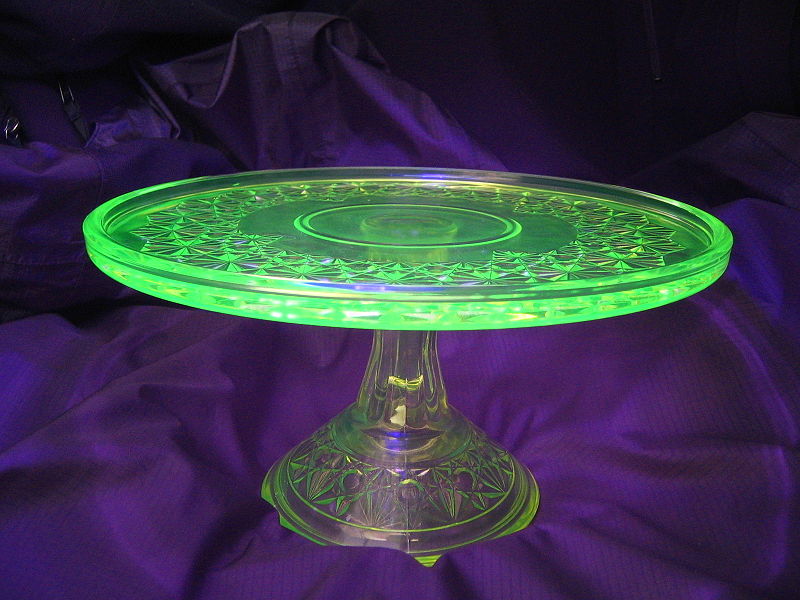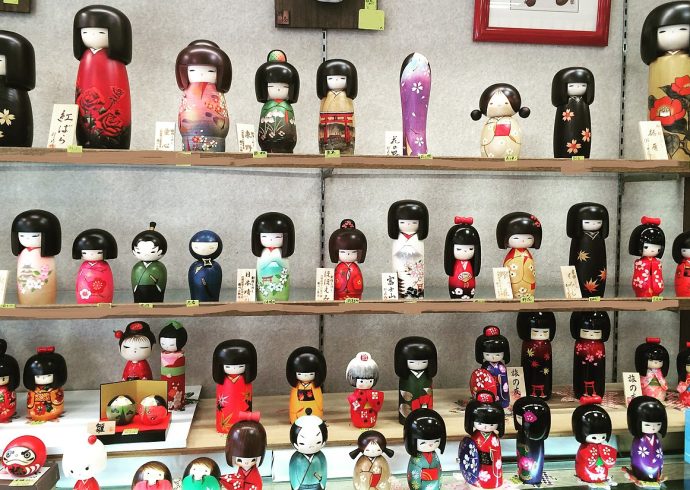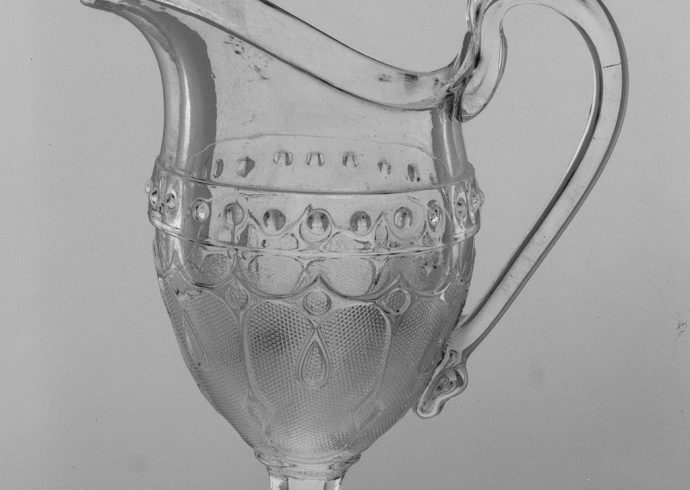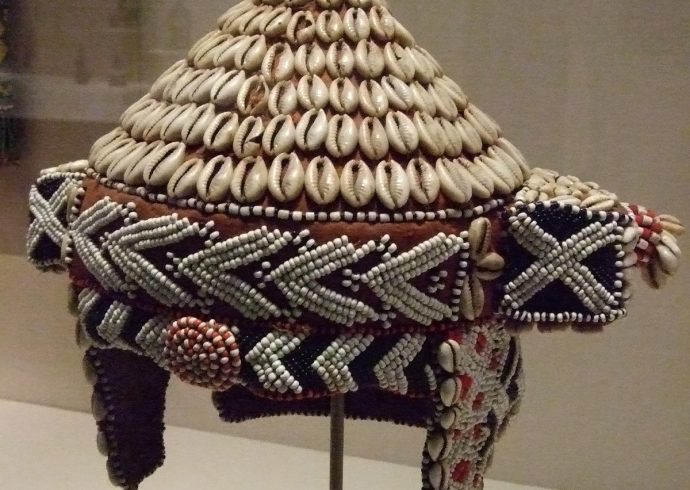
Vaseline Glass
Vaseline glass, sometimes called uranium glass, is a type of vintage glass first made in the United States in the mid-nineteenth century. It is more commonly known as vaseline due to its resemblance to real vaseline, a petroleum by-product. Vaseline glass is usually a light yellow-green in color although other metallic salts can be added to the glass to give it another color, such as pink, white, or orange. What gives vaseline the unique coloring is the presence of uranium dioxide, a salt used in making other glassware such as Burmese glass that was popular in the nineteenth century. When vaseline glass is placed under ultraviolet light, it glows a bright neon green in color. Vaseline glass, like other glass manufactured during the nineteenth century, also had lead but after 1863, a soda-lime mixture was used in the place of lead when the glass was made.
The first vaseline glass produced was called canary glass due to canary-like yellow color. Only a small amount of uranium dioxide was used, about 2% in weight but vaseline glass made in the early 1900’s contained as mush as up to 25% in weight.
Glass companies would make both hand blown and pressed vaseline glass that soon became popular with public, during the same time Depression and carnival glass was popular. Some vaseline glass was colored by adding other metallic salts, and two-toned vaseline glass was not uncommon. Table ware sets of this two-toned coloring, particularly the green and pink, or green and opalescent white, were quite beautiful.
Fostoria, Cambridge, Pairpont, Fenton, Gillinder, Northwood, Dugan, and Sandwich glass companies all made vaseline glass to some degree, giving their glass different name colors, such as Canary, Topaz, or Jasmine. Vaseline glass is still made today although not as much as it was in the nineteenth and early twentieth centuries, due to the high expense of uranium dioxide. The few pieces produced today are largely decorative, such as vases and knick-knacks, but not in table ware.
While vaseline glass will register on the Geiger counter, the amount of radioactivity is very low and is not considered to be harmful if such glass is present in someone’s home.
Image Credit: Z. Vesoulis, July 16, 2005. CC BY-SA 4.0, via Wikimedia Commons.


